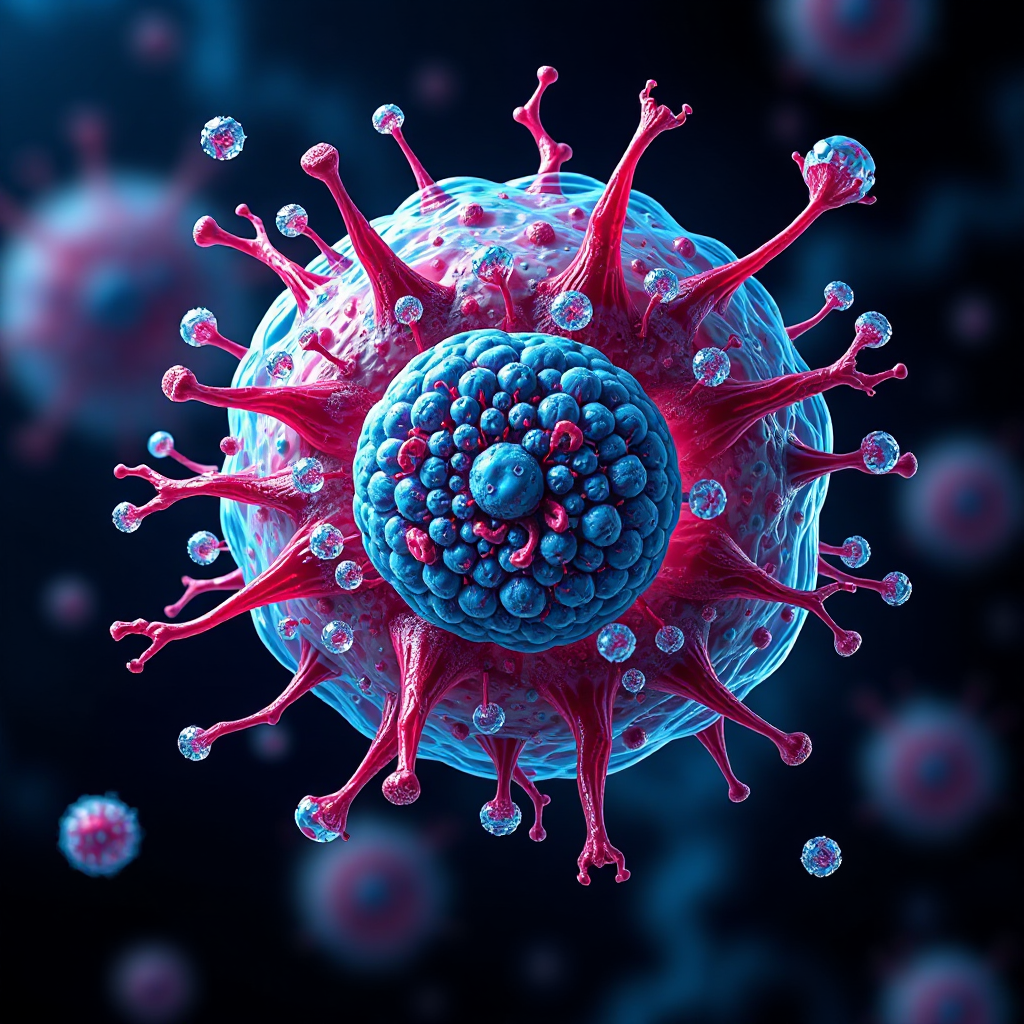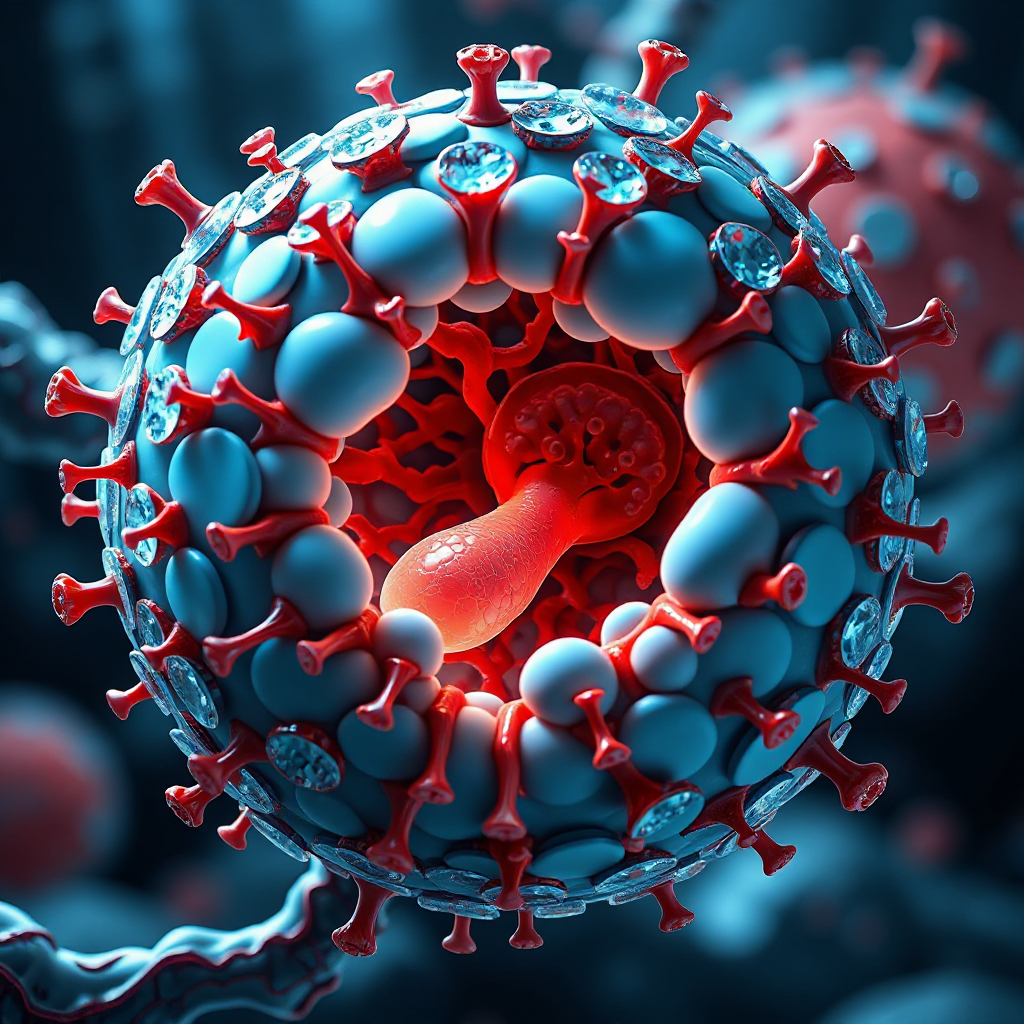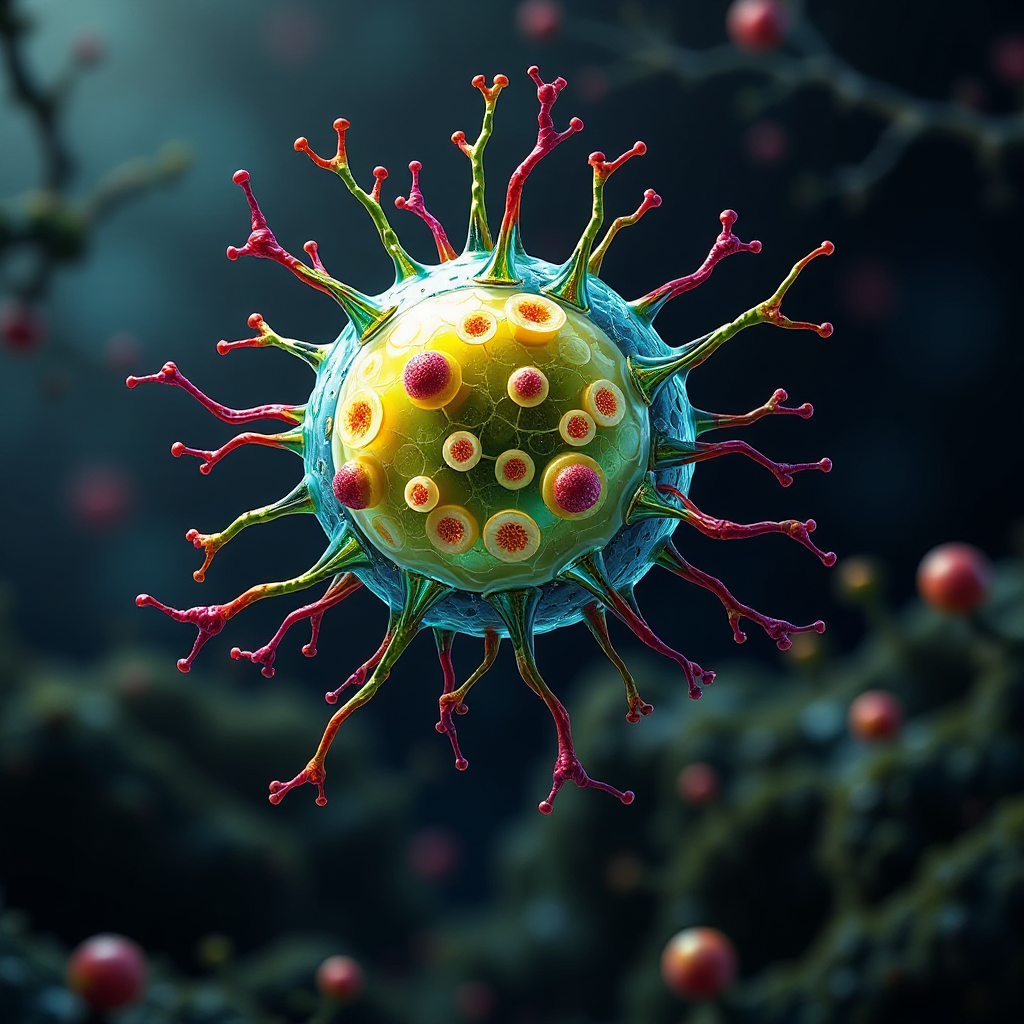What Are the Symptoms of Testicular Cancer

Recognizing the symptoms of testicular cancer early can save lives. You might notice a painless lump, swelling, or a feeling of heaviness in the scrotum. Regular self-exams are essential because they help you detect changes quickly. In fact, about 90% of testicular abnormalities, whether benign or malignant, are found through self-examination. Early detection significantly improves outcomes, with a 95% five-year survival rate for all stages combined. If you notice any unusual changes, consult a doctor promptly. Awareness and action are your best tools for staying healthy.
Key Takeaways
Check your testicles often to find any strange lumps early.
See a doctor right away if you feel lumps, swelling, or pain.
Know that most cancer lumps don’t hurt, but changes matter.
Watch for signs like back pain or tiredness as possible warnings.
Learn and share facts about testicular cancer to help others detect it early.
Common Symptoms of Testicular Cancer

Physical Symptoms
Lump or swelling in the testicle
One of the most common signs of testicular cancer is a lump on the testicle. You might notice it during a self-exam or by chance. These lumps are often painless but feel firm or irregular in shape. Swelling or enlargement of the testicle may also occur, even without a noticeable lump.
Pain or discomfort in the testicle or scrotum
Although many lumps are painless, some may cause discomfort. You might feel a dull ache or a sense of heaviness in the scrotum. This discomfort can extend to the lower abdomen, making it important to monitor any persistent or unusual sensations.
Sudden swelling or changes in size or texture of the testicle
Testicular cancer can cause sudden changes in the size or texture of the testicle. You might observe that one testicle feels harder or larger than usual. These changes often develop gradually, so regular self-exams can help you detect them early.
Tip: If you notice any of these physical symptoms, consult a healthcare provider promptly. Early detection can significantly improve treatment outcomes.
Systemic Symptoms
Lower back pain or abdominal discomfort
As testicular cancer progresses, it may spread to lymph nodes in the back of the abdomen. This can lead to persistent lower back pain or abdominal discomfort.
Unexplained fatigue or general malaise
You might experience unexplained fatigue or a general feeling of being unwell. These symptoms often occur when the cancer spreads to other parts of the body.
Breast tenderness or enlargement (in rare cases)
In rare cases, testicular cancer can cause hormonal changes, leading to breast tenderness or enlargement. This symptom, though uncommon, should not be ignored.
Symptom | Description |
|---|---|
Low back pain | From cancer spread to the lymph nodes in the back of the belly. |
Shortness of breath | May develop from cancer spread in the lungs. |
Chest pain | May develop from cancer spread in the lungs. |
Cough | Including coughing up blood, may develop from cancer spread in the lungs. |
Belly pain | Either from enlarged lymph nodes or because the cancer has spread to the liver. |
Headaches | From cancer spread in the brain. |
Confusion | From cancer spread in the brain. |
Note: Systemic symptoms often indicate advanced stages of testicular cancer. If you experience any of these, seek medical attention immediately.
Characteristics of Testicular Cancer Symptoms
Are the symptoms painful?
Many lumps are painless, but some may cause discomfort.
You might assume that a lump in the testicle would always cause pain, but this is not true. Most lumps associated with testicular cancer are painless. However, some may lead to mild discomfort or tenderness. This can make it easy to overlook the symptom, especially if you are not performing regular self-exams.
Pain may feel like a dull ache or heaviness in the scrotum.
If pain does occur, it often feels like a dull ache or a sensation of heaviness in the scrotum. This discomfort may extend to the lower abdomen or groin. While not all lumps cause pain, any persistent ache or heaviness should prompt you to seek medical advice.
Tip: Even painless lumps can be serious. Always consult a doctor if you notice any abnormalities.
How do symptoms progress?
Symptoms may develop gradually or appear suddenly.
Testicular cancer symptoms can vary in how they develop. Some changes, like a lump or swelling, may appear suddenly. Others, such as a gradual increase in testicle size or texture changes, may take weeks or months to notice.
Advanced stages may include systemic symptoms like back pain or swelling.
As the cancer progresses, it may spread to other parts of your body. This can lead to systemic symptoms like persistent back pain, abdominal swelling, or even shortness of breath. These signs often indicate advanced stages of the disease and require immediate medical attention.
What do the symptoms feel like?
Lumps are often hard or irregular in shape.
Lumps caused by testicular cancer are typically firm and irregular. They differ from benign lumps, which are usually soft and fluid-filled. Cancerous lumps often originate from germ cells and can be classified as seminomas or non-seminomas. Seminomas grow slowly and are more common, while non-seminomas develop faster and often affect younger men.
Swelling may cause a sensation of heaviness or tightness.
Swelling in the testicle can create a feeling of heaviness or tightness. You might notice that one testicle feels larger or firmer than the other. These changes can be subtle, so regular self-exams are crucial for early detection.
Note: Testicular cancer is rare, accounting for only 1% of all cancers in men. However, it primarily affects younger men aged 15 to 40, making awareness and early detection vital.
Differentiating Testicular Cancer from Other Conditions

Testicular Cancer vs. Cysts
Cancerous lumps are hard, while cysts are soft and fluid-filled.
You might wonder how to tell the difference between a cancerous lump and a cyst. Cancerous lumps often feel hard or firm, while cysts are soft and fluid-filled. Cysts are usually non-cancerous and may not cause any symptoms unless they grow large.
Condition | Characteristics | Symptoms |
|---|---|---|
Testicular Cancer | Often presents as a lump or swelling in the testicle, which may be hard or firm | May cause pain, discomfort, or a feeling of heaviness in the scrotum or lower abdomen. |
Testicular Cyst | A fluid-filled sac that is usually non-cancerous and may not cause symptoms | Typically discovered during a physical exam; may cause pain if large or problematic. |
Cysts typically do not cause systemic symptoms.
Unlike testicular cancer, cysts rarely lead to systemic symptoms like fatigue or back pain. If you notice a lump, consult a doctor to determine whether it’s a cyst or something more serious.
Testicular Cancer vs. Infections
Infections may cause redness, warmth, and fever, which are uncommon in cancer.
Infections in the testicle, such as epididymitis, often cause redness, warmth, and swelling. These symptoms are rare in testicular cancer. Infections may also lead to fever and pain during urination, which are not typical signs of cancer.
Symptom Type | Testicular Cancer | Testicle Infection |
|---|---|---|
Lump | Not typically present | |
Swelling | Less common | Common (testicular swelling) |
Redness | Rare | Common (testicular redness) |
Pain | Rare (dull ache in abdomen/pelvis/groin) | Common (testicular pain and tenderness) |
Other Symptoms | Heaviness, shrinking, breast tenderness | Nausea, fever, fatigue, pain with urination |
Antibiotics can resolve infections, but cancerous lumps persist.
If you have an infection, antibiotics usually clear it up. However, a cancerous lump will not go away with medication. Persistent lumps should always be evaluated by a healthcare provider.
Other Non-Cancerous Conditions
Varicoceles and hydroceles may cause swelling but are not cancerous.
Conditions like varicoceles (enlarged veins) and hydroceles (fluid buildup) can cause swelling in the scrotum. These are not cancerous but may still require treatment if they cause discomfort.
A medical evaluation is essential to confirm the cause.
You cannot determine the cause of a lump or swelling on your own. A doctor can perform tests, such as an ultrasound, to identify the issue and recommend the appropriate treatment.
Tip: If you notice any changes in your testicles, don’t wait. Early evaluation can make a significant difference in your health.
When to See a Doctor
Recognizing Red Flags
Persistent lumps or swelling that do not go away
If you notice a lump or swelling in your testicle that persists, it’s time to see a doctor. These changes often indicate underlying issues, including testicular cancer. Unlike infections or cysts, cancerous lumps do not resolve on their own. Ignoring these signs can delay diagnosis and treatment, which may allow the condition to progress.
Pain or discomfort that worsens over time
Pay attention to any pain or discomfort in your testicle or scrotum, especially if it worsens. While many lumps are painless, persistent or increasing discomfort could signal a serious problem. Early medical evaluation ensures that you address the issue promptly.
Tip: Don’t wait for symptoms to worsen. Early action can make a significant difference in your health outcomes.
Importance of Self-Exams
Regular self-exams can help detect abnormalities early
Performing regular self-exams is one of the most effective ways to detect testicular cancer early. Studies show that about 90% of testicular abnormalities, whether benign or malignant, are discovered by men who perform self-examinations. Early detection allows you to identify changes when the condition is most treatable.
Benefits of self-exams include:
Early detection of lumps or swelling.
Identification of changes in size, texture, or firmness.
Increased awareness of your normal testicular anatomy.
Consult a doctor if you notice any changes
If you find anything unusual during a self-exam, schedule a visit with your healthcare provider immediately. Follow these steps for an effective self-exam:
Perform the exam after a warm bath or shower when your scrotum is relaxed.
Stand in front of a mirror and visually inspect your scrotum.
Gently roll each testicle between your thumb and fingers, feeling for lumps or changes.
Familiarize yourself with the epididymis and vas deferens to avoid mistaking them for abnormalities.
Repeat the exam monthly to monitor for changes.
Note: Regular self-exams empower you to take control of your health and detect potential issues early.
Seeking Medical Advice
Early consultation improves treatment outcomes
Seeking medical advice early significantly improves your chances of successful treatment. Early diagnosis reduces the risk of cancer spreading to other parts of your body. Treatments like surgery, chemotherapy, or radiation therapy are most effective when the condition is caught early.
Benefits of early medical attention:
Improved survival rates.
Reduced need for aggressive treatments.
Better overall health outcomes.
Do not delay if you have concerns about your symptoms
Delaying medical consultation can lead to complications. If you notice persistent lumps, swelling, or other symptoms, act immediately. A healthcare provider can perform diagnostic tests, such as an ultrasound or blood tests, to confirm the cause and recommend appropriate treatment.
Reminder: Your health is your priority. Don’t hesitate to seek medical advice if you have concerns.
Testicular cancer often presents with symptoms like lumps, swelling, or systemic signs such as back pain and fatigue. Early detection remains critical for effective treatment. Performing monthly self-examinations helps you identify abnormalities early, as nearly 90% of testicular issues are discovered this way. Sharing information about symptoms and risk factors with loved ones can also raise awareness. If you notice any changes, consult a healthcare professional immediately. Public health campaigns, including educational events and social media initiatives, emphasize the importance of self-exams and prompt medical attention to improve outcomes.
FAQ
What should you do if you find a lump during a self-exam?
Schedule an appointment with your doctor immediately. A healthcare provider can perform tests like an ultrasound or blood work to determine the cause. Early evaluation ensures timely treatment if needed.
Can testicular cancer affect both testicles?
Testicular cancer usually affects one testicle. However, in rare cases, it can develop in both. Regular self-exams help you monitor changes in both testicles.
Is testicular cancer common in older men?
Testicular cancer primarily affects younger men aged 15 to 40. It is less common in older men but can still occur. Awareness and regular check-ups are essential at any age.
How often should you perform a self-exam?
Perform a self-exam once a month. The best time is after a warm shower when the scrotum is relaxed. Regular exams help you detect changes early.
Can testicular cancer be cured?
Yes, testicular cancer is highly treatable, especially when detected early. Treatments like surgery, chemotherapy, or radiation therapy have high success rates. Early diagnosis improves outcomes significantly.
Tip: Stay proactive about your health. Regular self-exams and prompt medical consultations can save lives.
See Also
Identifying The Signs Of Male Breast Cancer
Recognizing The Symptoms Associated With Kidney Cancer
Understanding The Symptoms Related To Appendix Cancer
